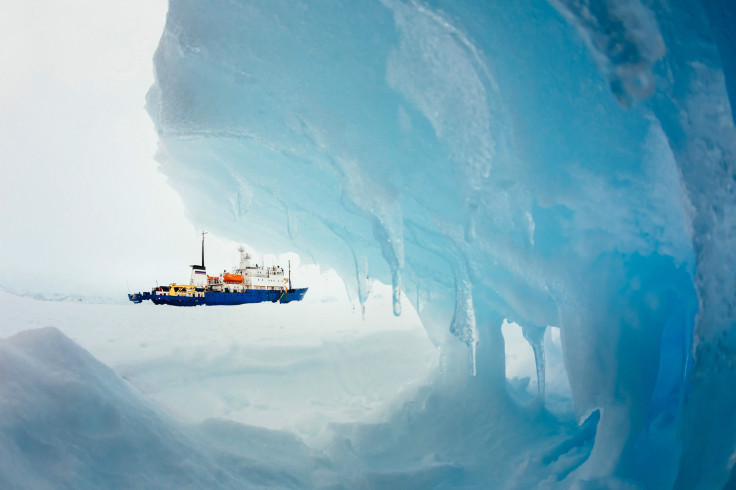Australian Antarctic Division Battles Increasing Sea Ice

A surprising change in the climatic conditions in Antarctica is affecting the scientists working there as too much ice is restricting access to their research stations. It is observed that although Arctic ice is melting, along with shrinking of the glaciers around the world due to global warming, the newer problem faced in Antarctica is the increasing amount of sea ice surrounding the continent which is now hampering ship navigation and resupply operations.
Due to ice blockage, the cost of running Antarctic bases is rising, especially for Australia's oldest station, Mawson. So far, there is no sign pressures will ease. To find an alternative to this issue and to exchange ideas on coping with the sea ice challenge, scientists and logistics experts from the 30 nations working on the continent are meeting in Hobart, Australia, this week. More than 50 scientists are gathering to attend a series of workshops on techniques to forecast sea ice levels in the polar region more accurately with an aim to save millions of dollars in shipping costs.
In September, the sea ice reached a record of 20.14 million square kilometres, says NASA. According to Tony Worby, a sea ice specialist at the Antarctic Climate and Ecosystems Cooperative Research Centre, or ACE CRC, the underlying mechanism is fairly well understood. He adds, “We know that the changing Antarctic sea ice extent is very largely driven by changes in wind. In turn, we know those changes are driven by the depletion of ozone in the stratosphere as well as increasing greenhouse gases at the surface. The new wind patterns blow Antarctic sea ice away from the continent and then more ice forms close to shore. This doesn't occur in the Arctic because the ocean is hemmed in by land masses. And it's quite a lot windier around Antarctica than in the Arctic".
Rod Wooding, general manager , Australian Antarctic Division, stated that in 2014, the ships were unable to reach anywhere near the Australian research site, Mawson station, requiring a year’s worth of supplies and fuel to be flown in by helicopter, which is inadequate for long-term sustainability of the station, thereby increasing the costs.
Australia is now working towards replacing its icebreaking vessel, the 25-year-old Aurora Australis. The costly new icebreaker is described by Prime Minister Tony Abbott as an important part of Australia's economic and national security which will have the ice-breaking capacity of 1.65m at three knots, compared to the outgoing Aurora Australis' limit of 1.23 metres at 2.5 knots.
To contact the writer, email:ruchira.dhoke@gmail.com





















